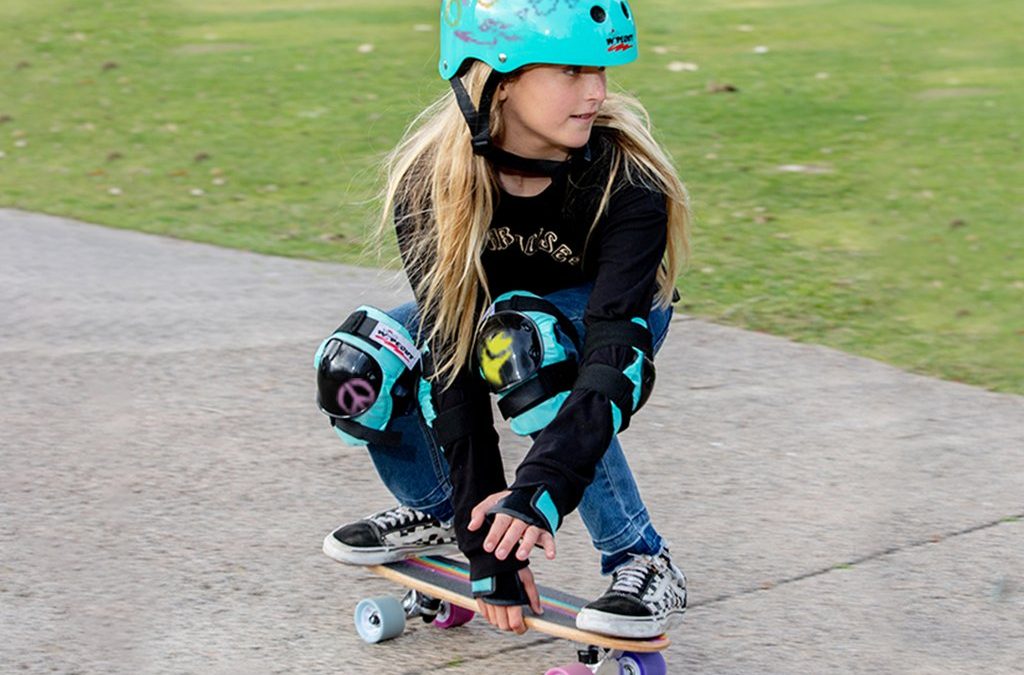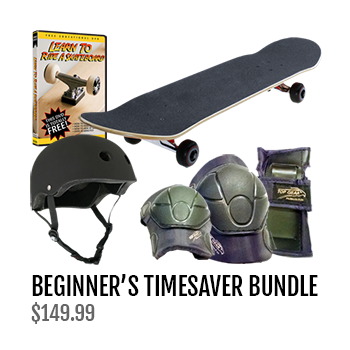How to Choose the Best Skateboard for Beginner Kids
Skateboarding is a great way for kids to stay active and have fun. However, it is important to choose the right skateboard for beginner kids to ensure they have a safe and enjoyable experience. Here are some tips to help you choose the best skateboard for your child.
First, consider the size of the skateboard. Skateboards come in a variety of sizes, so it is important to choose one that is appropriate for your child’s age and size. Generally, a smaller board is better for younger children, while a larger board is better for older children.
Shop Our Convenient High Quality Packages Here
Second, consider the type of skateboard. There are two main types of skateboards: longboards and shortboards. Longboards are better for cruising and carving, while shortboards are better for tricks and stunts. Consider your child’s skill level and what type of skateboarding they are interested in before making a decision.
Third, consider the quality of the skateboard. It is important to choose a skateboard that is made from high-quality materials and is designed to last. Look for a board that has strong trucks, durable wheels, and a sturdy deck.
Finally, consider the price of the skateboard. Skateboards can range in price from very affordable to quite expensive. Consider your budget and choose a board that is within your price range.
By following these tips, you can be sure to choose the best skateboard for your beginner kid. With the right board, your child will be able to enjoy skateboarding safely and have a great time.
Here’s the Summary:
– Choose the right size skateboard for your child’s age and size
– Consider the type of skateboard (longboard or shortboard) based on your child’s skill level and interests- Look for a skateboard made from high-quality materials and designed to last
– Consider your budget when choosing a skateboard
– A smaller board is better for younger children, while a larger board is better for older children
– Longboards are better for cruising and carving, while shortboards are better for tricks and stunts
– Look for a board with strong trucks, durable wheels, and a sturdy deck.
The Benefits of Skateboarding for Kids
Skateboarding is an increasingly popular activity among children and adolescents. It is a great way for kids to stay active and have fun. Skateboarding offers a variety of physical and mental benefits that can help children develop in a healthy and positive way.
Physically, skateboarding is an excellent form of exercise. It helps to build strength and endurance, as well as improve balance and coordination. Skateboarding also helps to develop motor skills, as it requires the rider to use their arms, legs, and core muscles to maneuver the board. Additionally, skateboarding can help to improve cardiovascular health, as it is a form of aerobic exercise.
Mentally, skateboarding can help to improve focus and concentration. It requires the rider to be aware of their surroundings and to make quick decisions in order to stay safe. Skateboarding also encourages problem-solving skills, as riders must figure out how to navigate obstacles and terrain. Furthermore, skateboarding can help to build confidence, as riders learn to push their limits and challenge themselves.
Skateboarding is also a great way for kids to socialize and make friends. Skateboarding parks and ramps are often hubs for socializing, and riders can learn from each other and build relationships. Additionally, skateboarding can help to foster creativity, as riders can experiment with different tricks and styles.
Overall, skateboarding is a great activity for kids. It offers a variety of physical and mental benefits that can help children develop in a healthy and positive way.
Tips for Teaching Kids How to Skateboard Safely
1. Wear Protective Gear: Make sure your child wears a helmet, elbow pads, knee pads, and wrist guards when skateboarding.
2. Choose the Right Skateboard: Make sure your child has a skateboard that is the right size and weight for them.
3. Start Slow: Have your child start by pushing off with one foot and then the other. This will help them get used to the feeling of riding a skateboard.
4. Practice Balance: Have your child practice balancing on the skateboard while standing still. This will help them get used to the feeling of riding a skateboard.
5. Learn to Stop: Teach your child how to stop by having them practice pushing off with one foot and then the other.
6. Stay Alert: Make sure your child is aware of their surroundings and is paying attention to any potential hazards.
7. Skate in a Safe Area: Make sure your child is skating in an area that is free of traffic and other potential hazards.
8. Supervise: Make sure you are supervising your child while they are skateboarding. This will help ensure their safety.
9. Have Fun: Encourage your child to have fun while skateboarding and remind them to stay safe.










